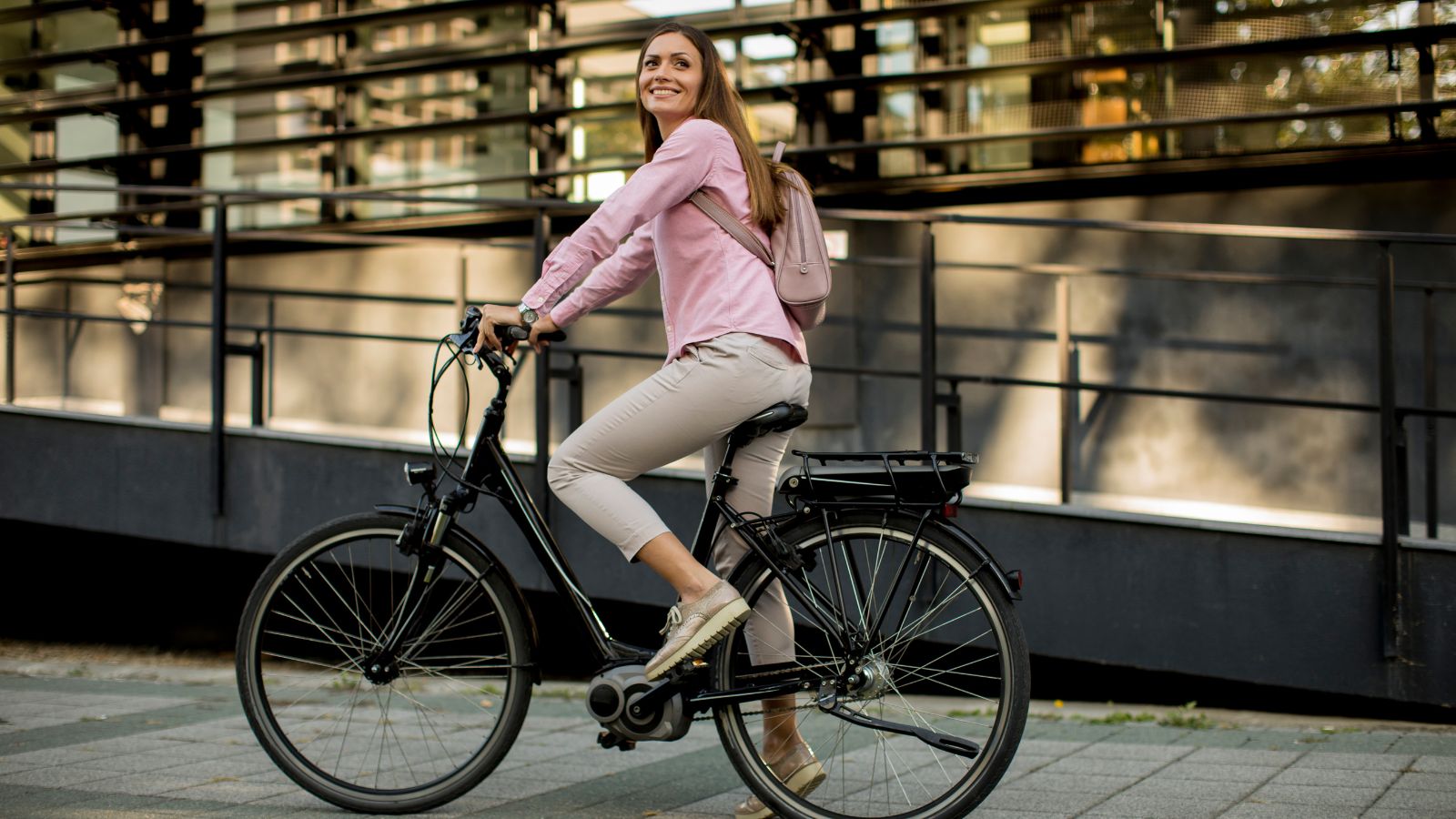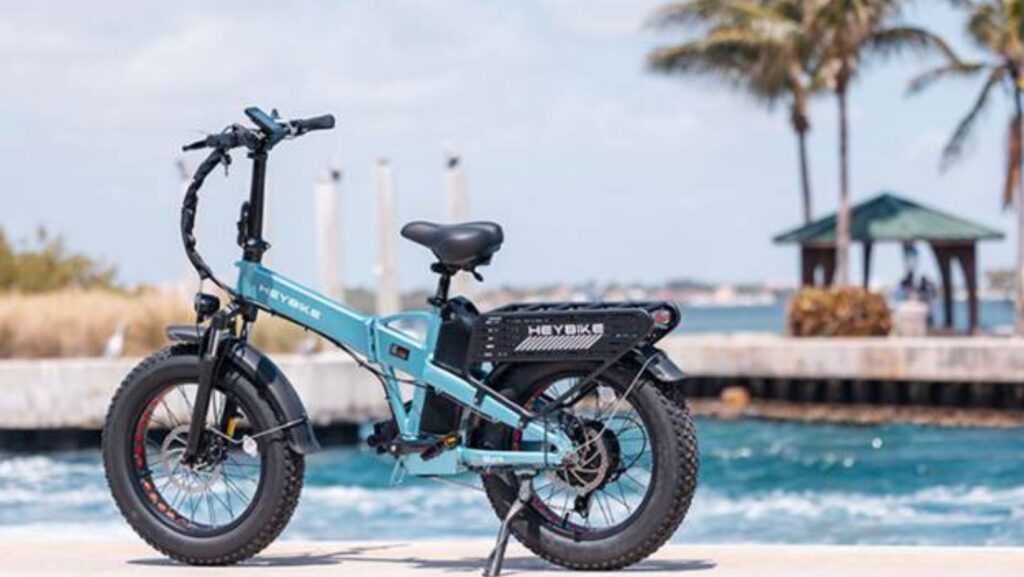E-bikes are soaring in popularity, and it’s easy to see why. These innovative bicycles combine traditional pedaling with the power of an electric motor, offering a sweat-free ride over challenging terrains. Ideal for both the daily commute and leisurely rides through the park, e-bikes present a smart solution for anyone looking to bypass traffic, reduce carbon emissions, and still arrive at their destination feeling fresh.
But with so many options on the market, how do you choose the right one? Knowing what features to look for in an e-bike can make all the difference in ensuring you get the best value and performance for your investment.
-
Battery Life and Power
The heart of an e-bike is its battery, and its capacity dictates how far you can go on a single charge. Most e-bikes feature lithium-ion batteries, and their power is measured in watt-hours (Wh). A higher Wh rating means more power, leading to a better ability to handle steeper inclines. Consider your daily route: Are there many hills, or is it mostly flat? Your battery needs will differ based on these conditions. Additionally, look at the charging time required for the battery to reach full capacity. Typically, it takes about 4 to 6 hours to charge fully, so ensure this aligns with your usage patterns.
-
Check the Brakes
Brakes are critical for safety, particularly on an e-bike, which can reach higher speeds than standard bicycles. There are two main types of brakes found on e-bikes: disc brakes and rim brakes. Electric bike disc brakes, which can be either hydraulic or mechanical, offer more consistent performance in different weather conditions and require less force to operate. Rim brakes, however, are typically lighter but wear out quicker and are less effective in wet or muddy conditions.
For urban riders, reliable brakes are essential for navigating through traffic safely, so prioritize superior stopping power in your selection.
-
Frame Material
The material of the e-bike’s frame not only affects its weight but also its durability and price.

Aluminum frames are common due to their good balance of strength and lightness, making them suitable for most riders. Carbon fiber is another option, prized for its lighter weight and stiffness, though it comes at a higher cost. Steel frames are durable and offer a comfortable ride due to their high shock absorption, but they are heavier, which might be a drawback for some users. Consider where and how you’ll use the e-bike when choosing the frame material, as it impacts the overall riding experience and ease of transport.
-
Motor Type
The motor propels the e-bike and can greatly influence how it handles. There are two primary types of motors: mid-drive motors and hub motors.
Hub motors are built into the front or rear wheel hub and are ideal for flat terrains and straightforward commutes. They are generally less expensive and simpler to maintain. Mid-drive motors, located in the center of the bike frame, provide a balanced ride and better handling on steep slopes and uneven terrain. They also allow for more precise shifting and are preferred by mountain bikers and those facing varied topographies.
-
Tire Type and Size
Tires are the e-bike’s contact point with the ground, so choosing the right type is crucial for a safe and comfortable ride. Wider tires, often found on “fat” e-bikes, provide better stability and are excellent for rough surfaces or off-road conditions. These tires can handle various terrains, from sandy beaches to snowy paths, by offering increased grip and comfort. On the other hand, thinner tires are better suited for smooth, paved roads and offer faster speeds due to their reduced rolling resistance. Consider the tire durability as well—look for puncture-resistant features to avoid flat tires mid-ride.
-
Weight and Portability
When choosing an e-bike, consider its weight. A heavier bike may be robust, but if you need to carry it or lift it frequently, you’ll appreciate a lighter model. Many e-bikes made from aluminum offer a good balance of strength and lightness. Additionally, if storage space is a concern, look for models that are foldable. These bikes can be easily transported and stored in small spaces, making them perfect for apartment living or commuting.
-
Pedal Assist and Throttle Control
Pedal assist is a feature that boosts the power from the motor as you pedal, making it easier to ride without getting overly tired, especially on hills or during long rides. Bikes with this feature have different levels of assistance, which you can adjust according to your needs. Throttle control, on the other hand, allows the bike to be propelled without pedaling at all. This can be useful if you need a break from pedaling or if you are starting from a stop. Choose based on your riding style and physical needs.
-
Speed and Performance Options
E-bikes come with various speed settings, which can influence both your ride’s enjoyment and efficiency. More speeds allow for greater versatility over different terrains. Some e-bikes offer speeds up to 28 mph, which is ideal for those who want to travel faster and more efficiently. However, higher speeds might require a helmet and possibly a license depending on local laws, so keep that in mind when making your choice.
-
Accessories and Customization
The right accessories can greatly enhance your e-bike’s functionality. Look for options such as racks for carrying bags, baskets, integrated lights for night riding, and fenders that protect against splashes from wet roads.

Some e-bikes come with these features, while others allow for additions later on. Customization can also include adjustable seats and handlebars to fit different body sizes for better comfort and control.
-
Warranty and Support
Finally, check the warranty and customer support options offered with your e-bike. A good warranty can protect against defects and malfunctions, typically covering the frame for several years and the electronics like the battery and motor for at least one year. Reliable customer support is crucial for addressing any issues that arise, ensuring that your investment is safeguarded.
Conclusion
Choosing the right e-bike involves careful consideration of several key features. From the battery’s life to the bike’s portability, and the type of brakes to the speed options, each aspect affects your riding experience. By using the features outlined as a checklist, you can find an e-bike that not only meets your needs but also enhances your cycling experience. With the right e-bike, you can enjoy more efficient, enjoyable, and eco-friendly rides.


More Stories
Data Analytics for Law Firm Strategy and Sustainable Growth
How to Implement Generative AI Consulting for Your Business
Why Monitoring and Evaluation Tools Are Key to Sustainable Development Goals (SDGs) in Global Health